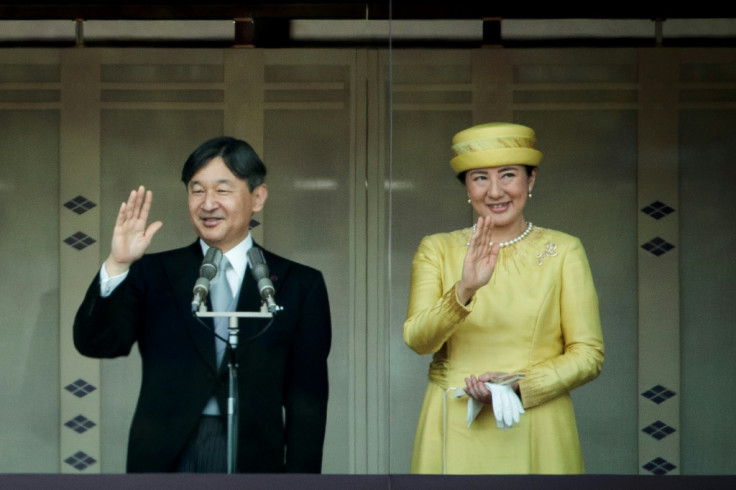Japan emperor to proclaim enthronement in ritual-bound ceremony
Naruhito officially assumed his duties as emperor on May 1, a day after his father became the first Japanese monarch to abdicate in 200 years.
Japan's new Emperor Naruhito will formally proclaim his ascension to the throne next week in a ritual-bound ceremony, but the after-effects of deadly typhoon will cast a shadow over proceedings.
Naruhito officially assumed his duties as emperor on May 1, a day after his father became the first Japanese monarch to abdicate in 200 years.
But the transition will not be complete until his new role is officially proclaimed on Tuesday, in a series of events expected to be attended by foreign dignitaries from nearly 200 countries.
The event will come just over a week after Typhoon Hagibis slammed into Japan, killing nearly 80 people and leaving a trail of destruction.
With people still searching for missing loved ones and living in shelters, the government has opted to postpone a key part of the ceremony -- an open-top car parade that had been intended to introduce the royal pair to the public.
But the rest of the day's ceremonies will go ahead, starting with rituals conducted behind closed doors in which Naruhito will "report" the proclamation to his ancestors in the ancient royal dynasty.
Hours later, he and his wife Empress Masako will appear at the main event in the Imperial Palace's most prestigious hall, the Pine Room.
Naruhito, in a ceremonial outfit dominated by a voluminous draped outer robe in brown gold -- a colour worn only by the emperor -- will declare his enthronement from the "Takamikura" throne.
Empress Masako, a Harvard-educated former diplomat, will wear an elaborate outfit known as "junihitoe" or many-layered robe, and be alongside the emperor on a slightly smaller throne.
Her silk robes will be so heavy it will be difficult for her to move, and attendants will trail her adjusting her outfit.
'Banzai!'
The ceremony will be conducted in the presence of an ancient sword and jewel -- part of the imperial regalia said to have been handed down by a goddess and considered crucial evidence of an emperor's legitimacy.
Some 2,500 guests, including foreign dignitaries and royalty from more than 190 countries will rise to drum beats before the proclamation.
After it is complete, Prime Minister Shinzo Abe will exclaim "banzai" ("long live the Emperor") three times, completing the process.
While the parade has been put off until November 10, a banquet for foreign dignitaries and local government representatives will go ahead, along with a tea party at the royal residence the following day.
And Abe will also host a banquet for 900 foreign leaders and delegates at a Tokyo hotel.
The foreign visitors will range from royalty including Britain's Prince Charles, to government officials including South Korean Prime Minister Lee Nak-yon.
As part of the festivities, hundreds of thousands of people convicted of minor offences will be pardoned.
Royal succession worries
Oxford-educated Naruhito faces a delicate balancing act as emperor, seeking to continue his father's legacy of bringing the monarchy closer to the people, while upholding the centuries-old traditions of the Chrysanthemum Throne.
He has spoken up to defend his wife, who struggled with the transition to cloistered royal life after leaving behind a promising diplomatic career to marry Naruhito.
The couple have one child, a 17-year-old daughter called Aiko, who cannot inherit the throne because she is female.
With Naruhito's ascension, his brother Akishino became crown prince. Akishino's son -- 13-year-old Hisahito -- is currently the only other remaining successor.
The dwindling ranks of male heirs in the royal family has rekindled debate about allowing female royals to ascend the throne, but so far there have been no formal moves to accommodate the possibility.
Copyright AFP. All rights reserved.

This article is copyrighted by International Business Times, the business news leader





















